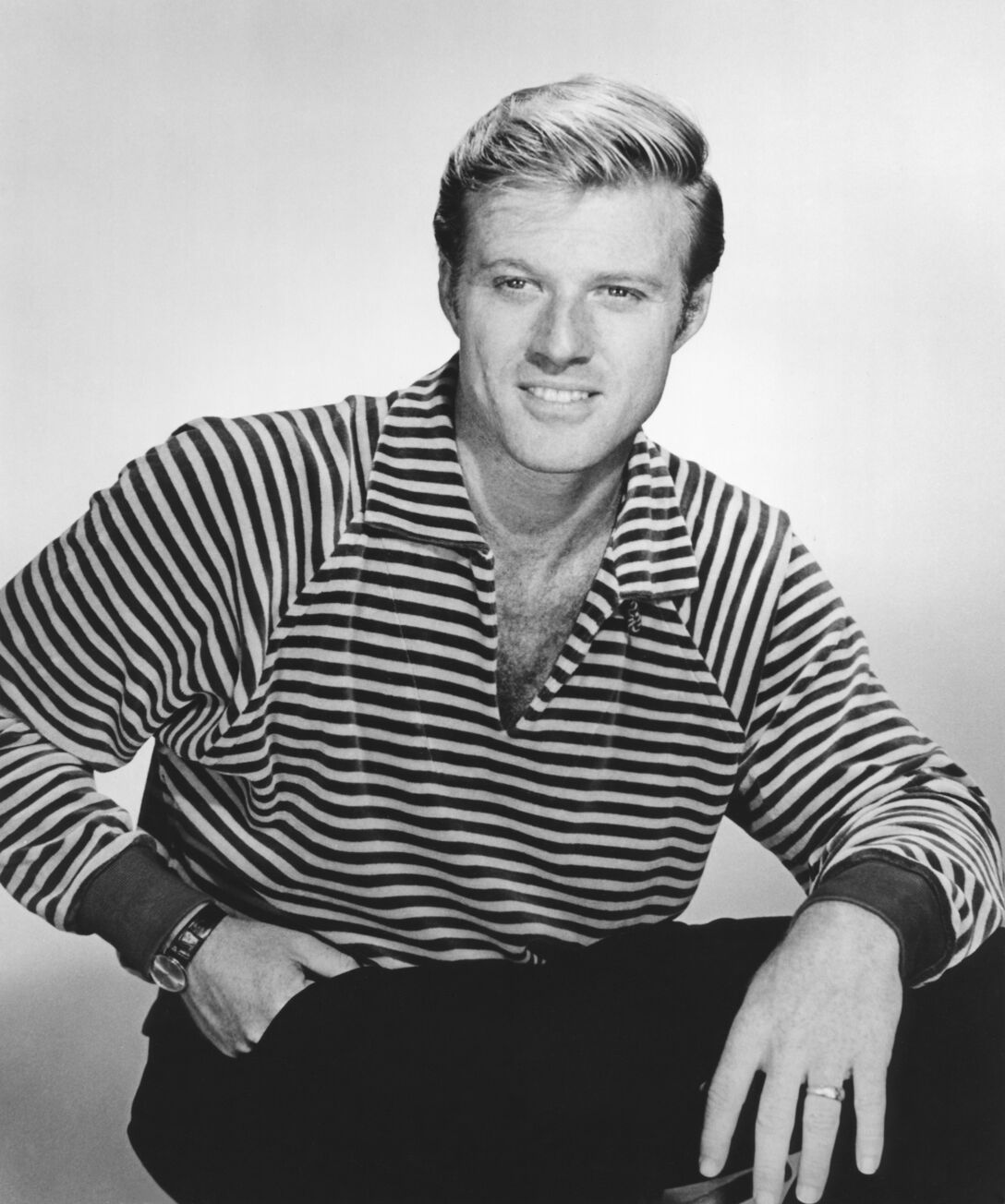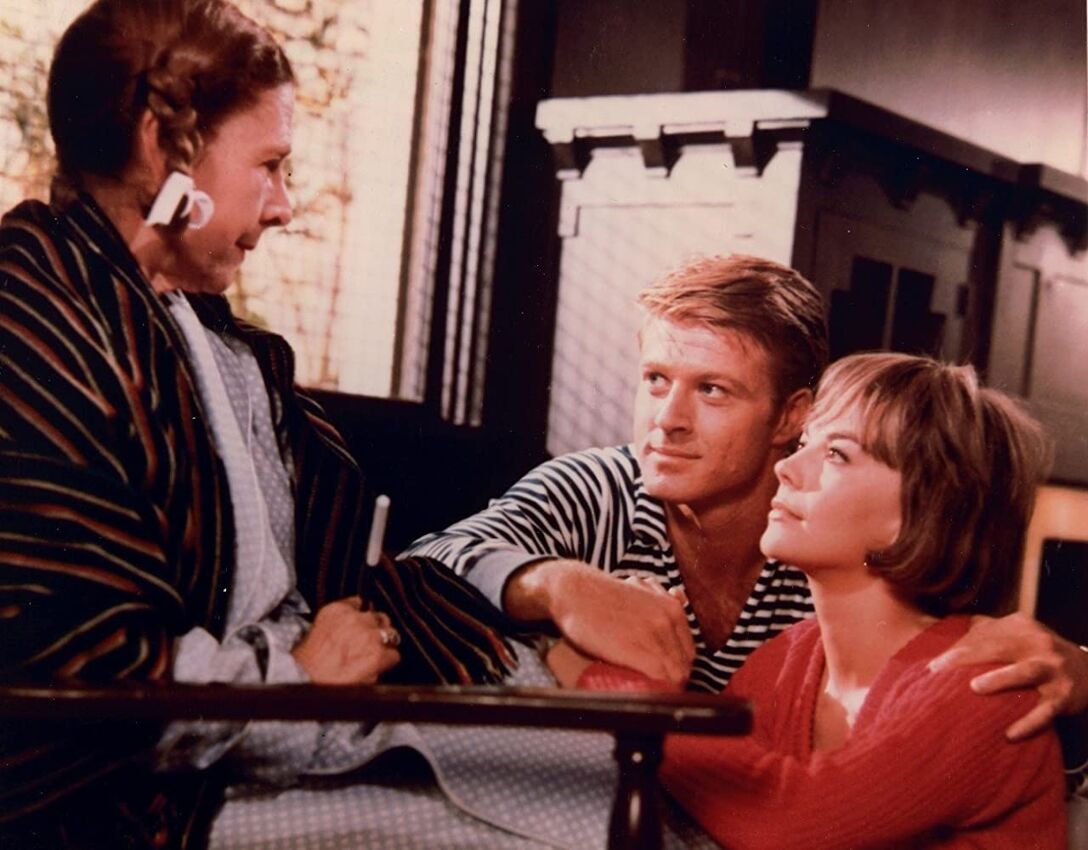The bad boy bisexual character that put Robert Redford on the map way back in 1965
In 'Inside Daisy Clover,' Redford's Wade Lewis is said to be one of the earliest queer characters who was unashamed of their sexuality.


Legendary actor, director, and philanthropist Robert Redford passed this week at the age of 89. Rest in peace to a true icon of the cinema.
From Westerns like Butch Cassidy And The Sundance Kid, to romantic dramas like The Way We Were, to political thrillers like All The President’s Men, Redford was the very epitome of a movie star.
Your dose of fabulosi-TEA
Subscribe to our newsletter for your front-row seat to all things entertainment with a sprinkle of everything else queer.
Subscribe to our Newsletter today
He used his fame to support and champion independent artists, specifically by co-founding the Sundance Film Festival, which has long been a platform for marginalized voices in filmmaking, by extension launching the careers of countless LGBTQ+ writers, directors, and actors over the years.
And it’s possible neither Sundance nor Redford’s ascent to the upper echelon of the A-list might have happened if he hadn’t played a queer character way back in 1965.
After a series of stage and television appearances in the late ’50s and early ’60s, Redford had his first proper film role in 1962 with the largely forgotten War Hunt, though it’s his work in the 1965 drama Inside Daisy Clover that many consider his major breakthrough.
Directed by Robert Mulligan (To Kill A Mockingbird), Inside Daisy Clover stars Natalie Wood as the titular teenaged tomboy who gets discovered by movie studio producer Raymond Swan (Beginners‘ Christopher Plummer) and is quickly fashioned into a movie star. It’s a surprisingly dark, Hollywood-set drama that occasionally gets classified as a musical thanks to a handful of song-and-dance performances form Daisy.
Though Swan would rather maintain tight control over every aspect of Daisy’s life and career—even going so far as to make sure her mother, Lucile (Rosemary’s Baby‘s Ruth Gordon) is out of the picture—he can’t keep her away from Wade Lewis, an incredibly handsome and charismatic fellow actor who she quickly falls for. Hey, he’s played by a then 29-year-old Robert Redford, wouldn’t anyone?
Related
PHOTOS: Classic Hollywood stars who would’ve been popular on the apps
Classic Hollywood may have been a gay old place, but most gay actors were forced to hide their true identities for fear of career suicide. While that’s tragic enough, it’s also sad that these handsome men were often groomed to within an inch of their lives by the studio system. We’ve searched for pics that […]
The two stars quickly get hitched, but after Wade ditches Daisy on their honeymoon, it comes to light that her new husband is bisexual and… we guess therefore not to be trusted? What can we say? It was the ’60s, and there was still clearly plenty of progress to be made in terms of LGBTQ+ representation on screen.
What’s especially interesting is that, in the 1963 novel on which the movie is based, Wade is actually a gay closet case, all too happy to marry young, naive Daisy to be his beard. Reportedly, Redford didn’t want to play gay and insisted that Wade also be interested in women, which does at least soften the character and makes the motivations behind his marriage less duplicitous.

Wade’s bisexuality is only ever discussed among other characters, and at no point do we see him with—or so much as romantically look at—other men, which is par for the course considering the film was released at the tail-end of the Hays Code era, when any explicit mentions of homosexuality were censored.
So while it’s retroactively disappointing to hear that both Redford and the film itself downplay the queerness of the original story and character, it was probably pretty necessary if Inside Daisy Clover were ever going to get made.
And the film was still progressive in other ways. While Wade may not exactly be loud and proud about his bisexuality for the sake of his own career, it’s not something the character is shown to be in denial of. He knows who he is and he embraces it.
Related
Are these the most bisexual movies of all time?
Bring back this very bisexual genre!
What’s more, Wade isn’t punished or chastised for his sexuality, which stands out all the more because Inside Daisy Clover actually goes to some pretty dark places with its other characters, from forced institutionalization, to abusive studio execs, to attempted self-harm, and a dark yet defiant scorched-earth finale for Daisy Clover.
In that sense, it’s said to be one of the first examples of a mainstream movie where a queer character is not ashamed of his sexuality. Hey, at a time when out, LGBTQ+ representation was practically non-existent in Hollywood, a little goes a long way!
And it helps that a star as cool and dreamy and undeniable as Robert Redford brought said character to life. Many other young actors might’ve feared playing bisexual could derail their careers, but it actually made Redford’s: For his work in Inside Daisy Clover, he earned a special (now-defunct) Golden Globe Award for Most Promising newcomer.
By the end of the decade, he’d already fulfill that promise, bringing the Neil Simon rom-com Barefoot In The Park to the screen with Jane Fonda in ’67, and teaming up with Paul Newman in ’69 for the all-time classic Butch Cassidy And The Sundance Kid (one of the ultimate homoerotic film bromances, by the wya, but that’s another story for another time).
So, in light of Redford’s passing this week, why not revisit revisit the queer role that started it all and set him down the path to becoming one of the titans of cinema.
Inside Daisy Clover is currently available for digital rental or purchase via Amazon Prime Video and AppleTV+.
Related
Before ‘Brokeback:’ that -other- gay cowboy movie…
We know you’ll have thoughts.
Sign up for the Queerty newsletter to stay on top of the hottest stories in LGBTQ+ entertainment, politics, and culture.

 Mark
Mark 





